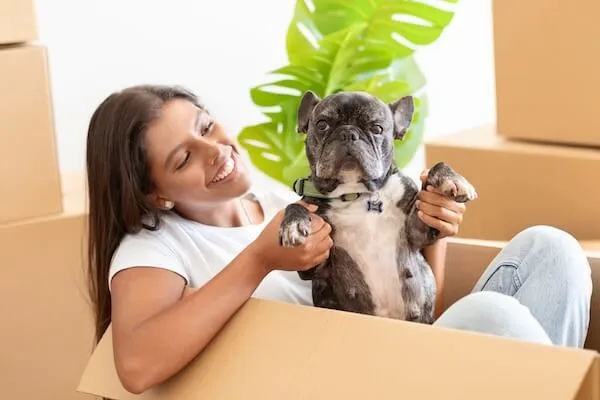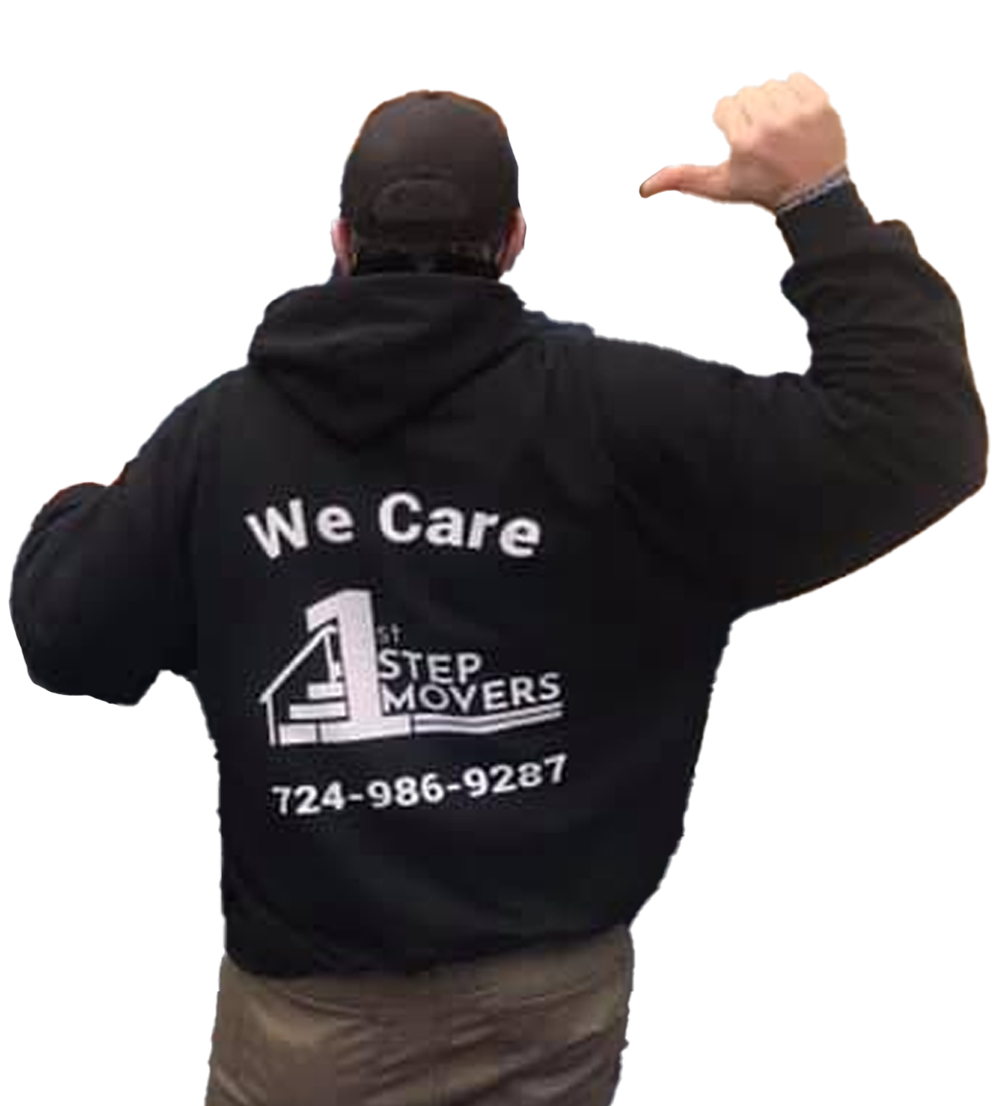Moving to a new home is a big change—not just for you, but for your beloved pets, too. Whether you’re relocating across town or to a new state, your four-legged (or feathered or finned) family members can feel stressed and unsettled by the upheaval. With some thoughtful planning and gentle preparation, you can make the transition smoother and help your pets settle into their new environment with confidence.
Understand Your Pet’s Perspective
Pets thrive on routine and familiarity. Their current home is their territory—a place filled with comforting scents, familiar sounds, and established habits. When that environment suddenly changes, it can lead to anxiety and stress. Recognizing this is the first step in preparing for a successful move. By taking measures to ease the disruption, you help your pets feel secure during this period of change.
Pre-Move Preparations
Maintain Consistent Routines:
Keep feeding times, play sessions, and walks on schedule. Consistency reassures your pet that despite the physical changes, some things remain the same. This simple step can significantly reduce anxiety as moving day approaches.
Acclimate to Carriers and New Spaces:
Introduce your pet to their carrier or crate well in advance of the move. Place familiar items—like a favorite blanket or toy—inside to create a positive association. For example, leave the carrier out in a common area so your pet can explore it on their own time. This gradual introduction helps lessen the stress on moving day, as they won’t view the carrier as something unfamiliar or intimidating.
Familiarize Them with Moving Supplies:
Start packing early and allow your pet to observe the process. Rather than packing everything in one go, introduce boxes gradually so your pet doesn’t feel overwhelmed by a sudden change in their environment. Some pets, especially cats, are naturally curious about boxes—use this to your advantage by letting them explore a few safely placed boxes before the bulk of your belongings are packed.
Consult Your Veterinarian:
If your pet tends to get anxious, consider a pre-move consultation with your vet. They may recommend natural calming supplements or, in some cases, medication to help your pet cope with the stress of moving.

Moving Day: Keeping Your Pet Calm and Safe
Create a Safe Space:
On moving day, set aside a quiet room where your pet can stay away from the hustle and bustle. This designated “safe room” should have their bed, food, water, and any necessary medication. If you prefer to keep your pet with you during the move, ensure they are secured in a well-ventilated carrier or, for larger animals like dogs, use a crash-tested crate or harness in your vehicle. This minimizes the risk of them getting lost or overwhelmed by the activity around them.
Prepare an Overnight Kit:
Have a pet-specific overnight kit ready to go. Include enough food, water, treats, a favorite toy, and any grooming tools your pet might need during the first few days in your new home. Keeping these essentials at hand helps maintain their routine and offers comfort during the initial adjustment period.
Transporting Your Pet:
When it comes time to travel, if possible, transport your pet in your own vehicle rather than in the moving truck. This allows you to monitor them closely and ensure they remain safe throughout the journey. For cats and small dogs, securely fasten them in their carrier in the back seat. For larger dogs, consider using a harness or seatbelt-attached crate. Covering the carrier with a light blanket can help reduce visual stimuli that might trigger anxiety.
Settling into Your New Home
Designate a “Welcome” Space:
Once you arrive, set up a dedicated area for your pet. This should be a quiet room stocked with their familiar items—bed, toys, food and water bowls, and even their litter box for cats. Let your pet spend a few days exclusively in this space until they seem comfortable. Gradually, you can introduce them to the rest of the house, ensuring that their transition isn’t rushed.
Pet-Proof Your New Environment:
Before allowing your pet free roam, take a thorough look around your new home. Secure windows, cover electrical cords, and remove any hazards that might be present in an unfamiliar space. This not only protects your pet but also helps them feel safe as they begin to explore.
Reinforce the Routine:
Re-establishing a consistent routine as soon as possible is crucial. Stick to the same feeding times, walks, and play sessions you had in your old home. Over time, these regular activities will help your pet form positive associations with their new surroundings, gradually reducing their anxiety.
Offer Extra Attention and Patience:
Remember, your pet is sensing your emotions, too. Remain calm and positive throughout the process. Extra cuddles, gentle reassurance, and even a few treats can go a long way in making your pet feel loved and secure during this transition.
Tailored Tips for Dogs and Cats
For Dogs:
- Neighborhood Walks: Once settled, take your dog on a walk around the new neighborhood. This helps them get familiar with new sights and smells while also offering the exercise they need.
- Maintain Social Interactions: If your dog is social, gradually introduce them to new people in a controlled manner. This can help them build confidence in their new environment.
For Cats:
- Keep Them Indoors Initially: Cats are territorial and can be very sensitive to change. Keep your cat confined to a single room initially and let them venture out at their own pace.
- Familiar Scents: Place items that smell like the old home (such as a worn T-shirt or a familiar blanket) in the new space. This comfort of familiar scents can ease the transition.
Moving is a significant event for the whole family, including your pets. By preparing in advance, maintaining consistent routines, and creating a safe, comforting environment in your new home, you can help ensure that your furry friends transition smoothly and happily. With a little extra care and attention, your pet will soon feel right at home in your new space.
Remember, the key is to be patient. Every pet is unique, and their adjustment period may vary. With these strategies and a bit of love, you can turn the challenges of moving into an opportunity for a fresh start for both you and your pet.
For additional tips and insights on moving with pets, you might explore resources from the ASPCA and expert guides like those at YouMoveMe.


